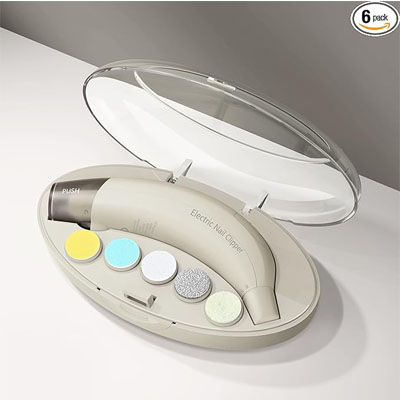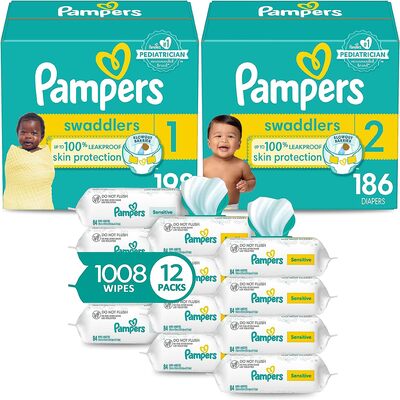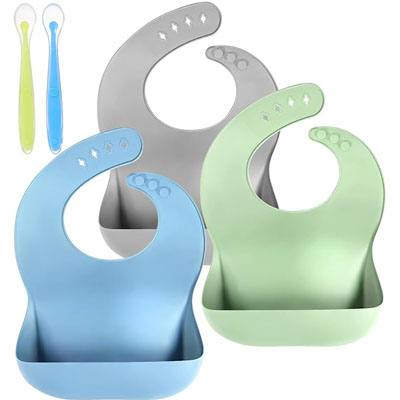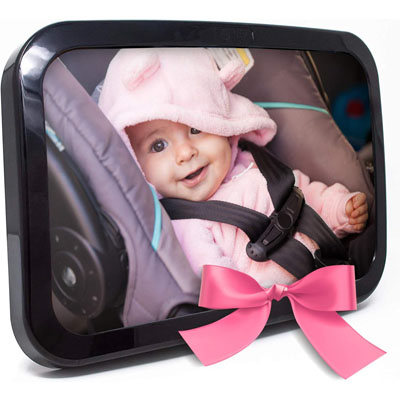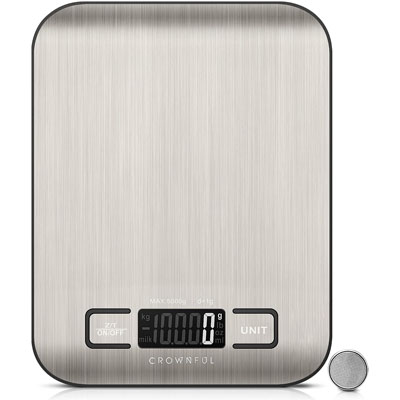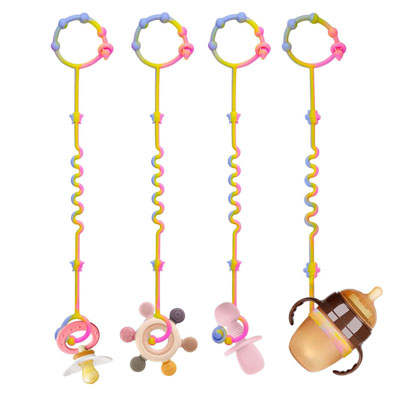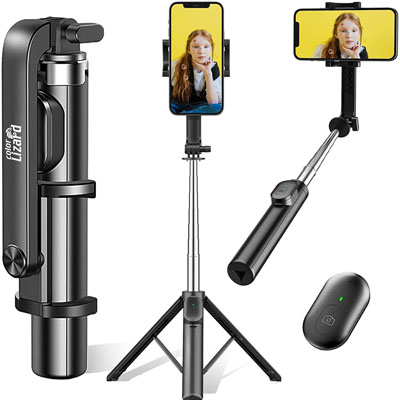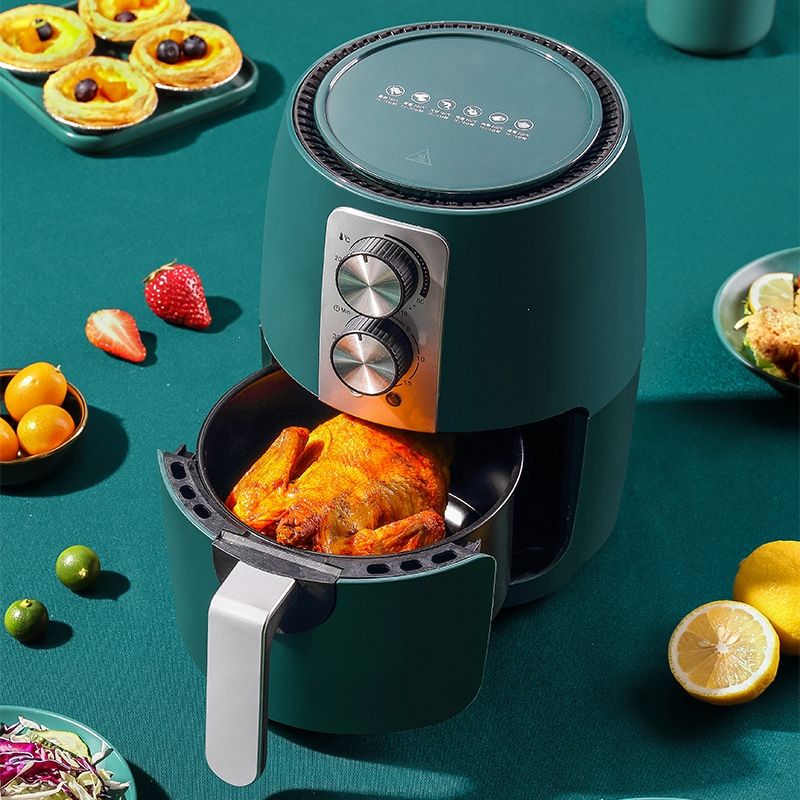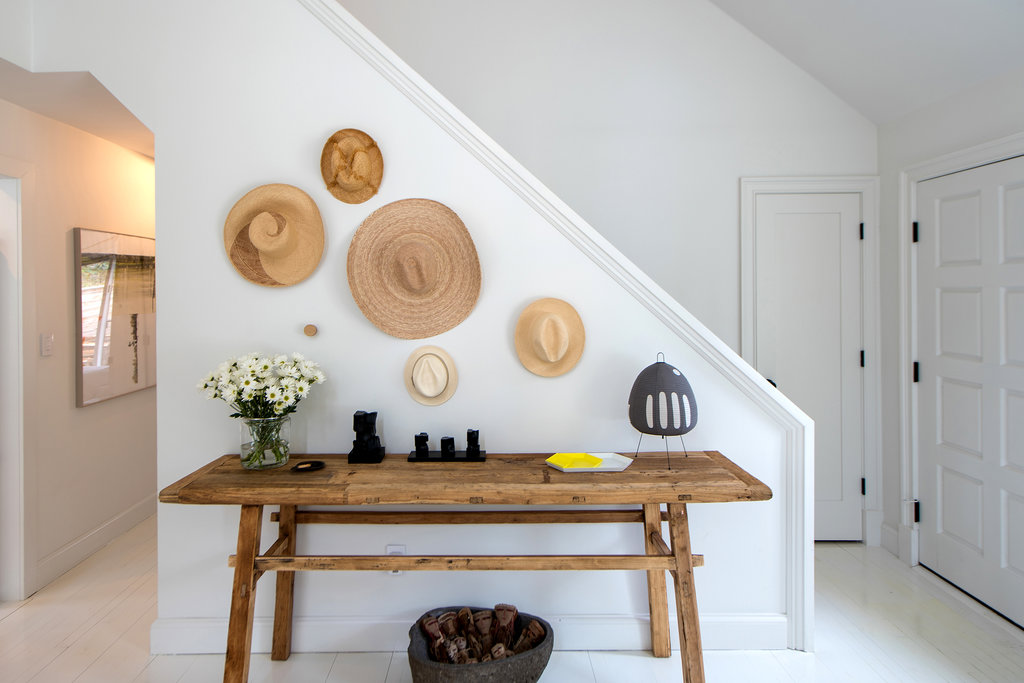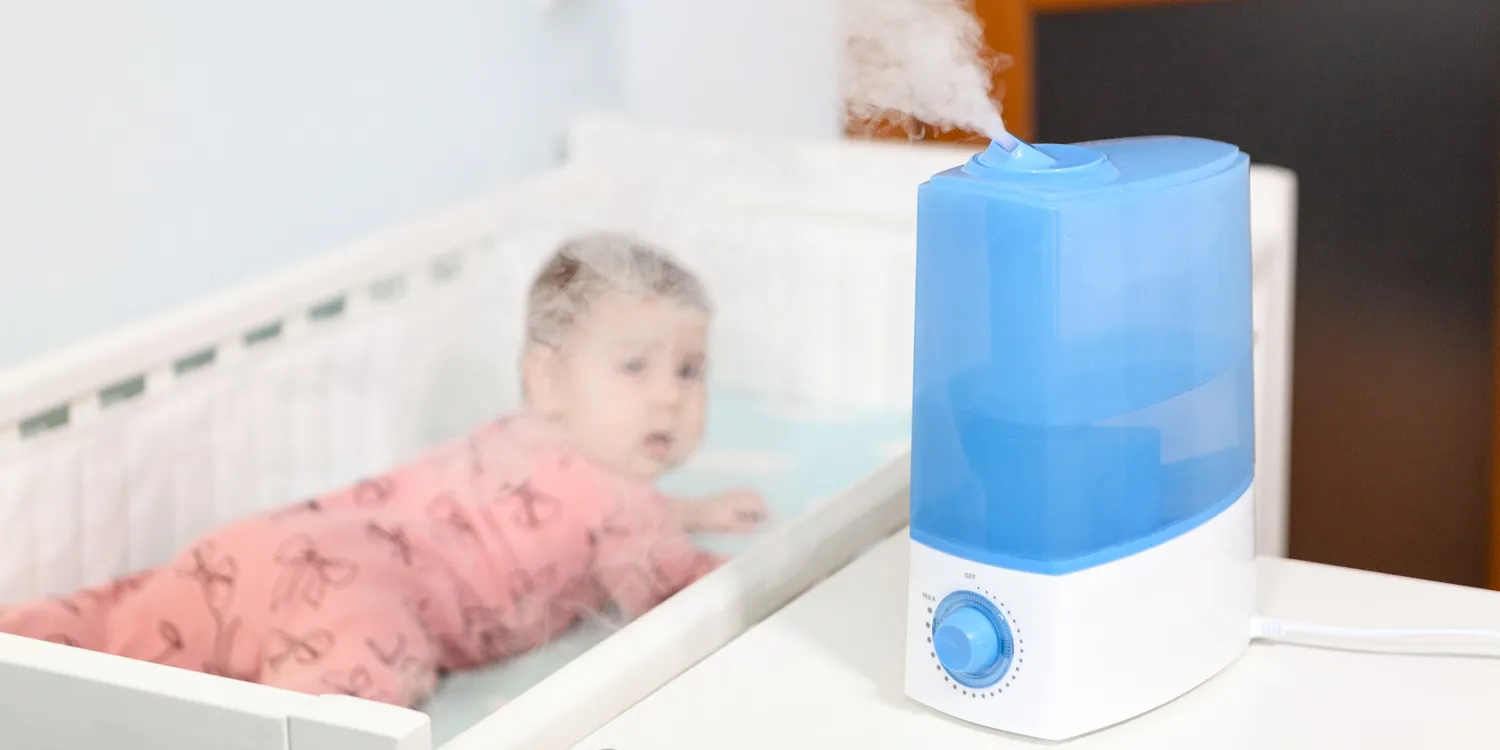Hot Deals
Save $10 when you spend $50 Baby Wipes and Diapers 婴儿湿巾和纸尿裤
$0.00
$0.00
Bottle Sterilizer and Dryer 奶瓶消毒烘干机
$29.99
$64.99
lectric Baby Nail Trimmer 电动婴儿指甲修剪器
$8.49
$24.99
$25 off Pampers Baby Diapers and Wipes 帮宝适婴儿纸尿裤和湿巾
$121.85
$146.85
3 Pcs Baby Bibs and 2 Pcs Spoons 婴儿围兜和勺子
$4.99
$8.99
Baby Car Seat Mirror 婴儿车座椅后视镜
$8.98
$19.99
Digital Kitchen Scales 厨房电子秤
$4.99
$9.98
4 Pcs Silicone Toy Straps for Baby 牙胶玩具奶嘴防掉链
$4.99
$9.99
39 inch Selfie Stick Tripod with Remote 自拍杆
$6.49
$14.99








